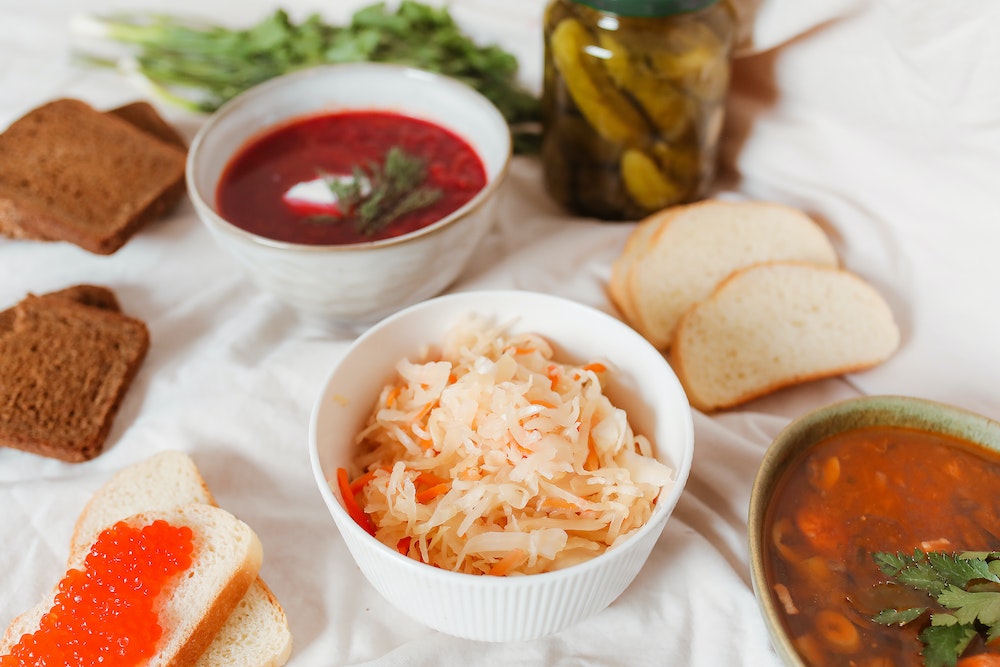Sauerkraut, a fermented cabbage dish, has long been a staple in Polish kitchens, cherished for its tangy flavor and numerous health benefits. This article explores the deep-rooted love affair Poles have with sauerkraut, tracing its historical significance, delving into its nutritional profile, and celebrating its versatility in the culinary landscape. Join us as we unravel the layers of this beloved fermented favorite, understanding its place in Polish culture and how it continues to win hearts across the nation.
The Historical Roots of Sauerkraut in Polish Cuisine
Sauerkraut, or ‘kapusta kiszona’ in Polish, is more than just a food item; it’s a historical artifact that traces back centuries, intertwining with the very fabric of Polish culture and survival. Originating as a method of preserving cabbage through the winter months, the fermentation process not only extended the shelf life of the vegetable but also enhanced its nutritional value and flavor.
Exploring the evolution of sauerkraut in Poland, one can see how it has been influenced by various socio-economic factors, from peasant diets to royal feasts. Its simplicity, affordability, and nutritional profile made it a common denominator across various strata of society. Historical documents and cookbooks provide a glimpse into the ingenuity of Polish cooks, who have been incorporating sauerkraut into their recipes for generations, making it a beloved staple in the Polish culinary tradition.
Sauerkraut’s Nutritional Value and Its Health Benefits
Sauerkraut is not just cherished for its taste but also for its impressive health benefits. As a fermented food, it is rich in probiotics, which are beneficial for gut health, aiding in digestion and absorption of nutrients. Furthermore, sauerkraut is packed with vitamins C and K, as well as dietary fibers, antioxidants, and minerals, making it a potent immune booster and an ally in preventing various health issues.
The fermentation process also increases the bioavailability of nutrients, making sauerkraut a more potent source of vitamins and minerals than its raw counterpart. Regular consumption of this fermented delicacy can contribute to a balanced diet, promoting overall health and well-being. The article would delve deeper into scientific studies and expert opinions to underscore the nutritional significance of sauerkraut, substantiating its revered status in Polish cuisine.









